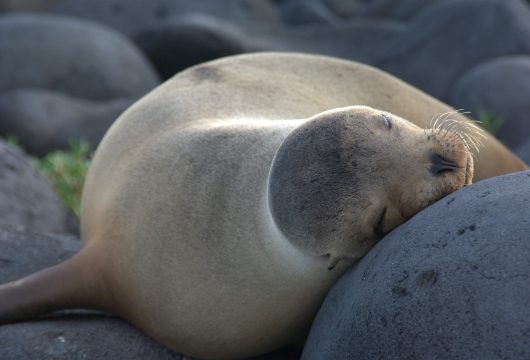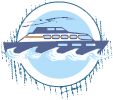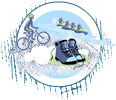First Class Cruises

Offering the best of Galapagos: fine dining, spacious cabins and top guides.
View First Class CruisesSuperior Tourist Cruises
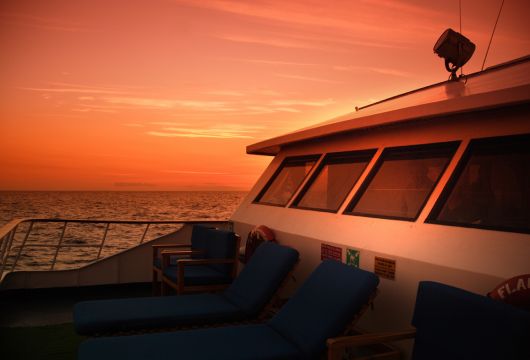
Once-in-a-lifetime: Comfy boats with fantastic itineraries at affordable rates.
View Superior Tourist CruisesLand Based Tours
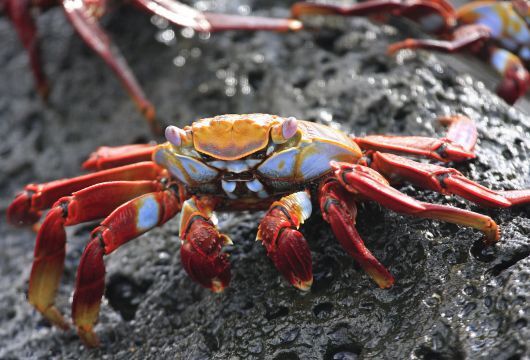
Active or relaxed - you choose. Avoid sea legs while exploring the islands.
Land Based ToursActivities in Galapagos Islands
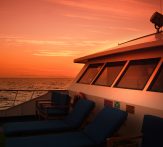
Cruises
Cruises
View Activity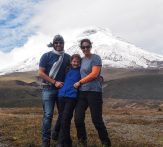
Family Holidays
Family Holidays
View Activity
Luxury
Luxury
View Activity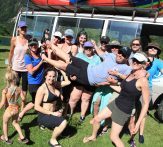
Multi-Activity
Multi-Activity
View Activity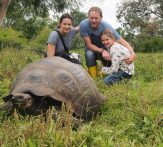
Wildlife
Wildlife
View ActivityPlaces of Interest
Below you will find a few of the many attractions Galapagos has to offer for your holiday.
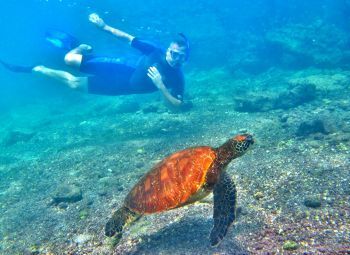
Santa Cruz, Galapagos
Almost everyone will visit Santa Cruz during a Galapagos stay.
It’s popular because of the incredible variety of habitat and animals go alongside its strategic location.
The famous Charles Darwin Centre is a must, as is a visit to see Giant Tortoises and a kayak in the turquoise waters at Garrapatero beach.
There are a plethora of great dive and snorkel sites nearby, lively bars and some good beaches for relaxing, like Tortuga Bay.
Most cruises start or end here, and the majority of flights come to Santa Cruz, plus there are many accommodation options, from basic to luxury.
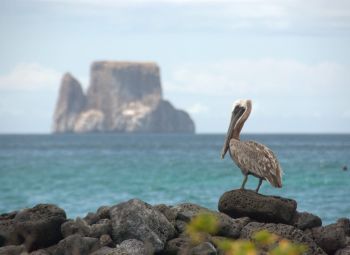
Kicker Rock, Galapagos
A truly impressive sight, Kicker Rock is the remains of an underwater volcano rising vertically 150m/492ft out of the sea.
The exposed cone has fractured in two, leaving a wildlife rich sea channel for us to enjoy, snorkelling or diving.
Jump in the water and drift with the gentle current through the cleft, keeping an eye out below for sea turtles, manta rays and maybe the odd harmless Galapagos shark, just to name a few.
Hammerheads are occasionally seen here too.
On the cliffs, we can spot Blue-footed Boobies, Nazca Boobies and magnificent Frigate birds. A memorable snorkel.
Find Tours
Talk to our expert
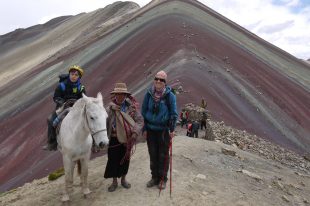
Ask Kathy Jarvis
Ask a question and our expert in this area will have your answer.
Make an EnquiryEnquire
Can’t find what you’re looking for? Get in Touch
+44 (0)131 378 5593
+44 (0)131 554 6025



